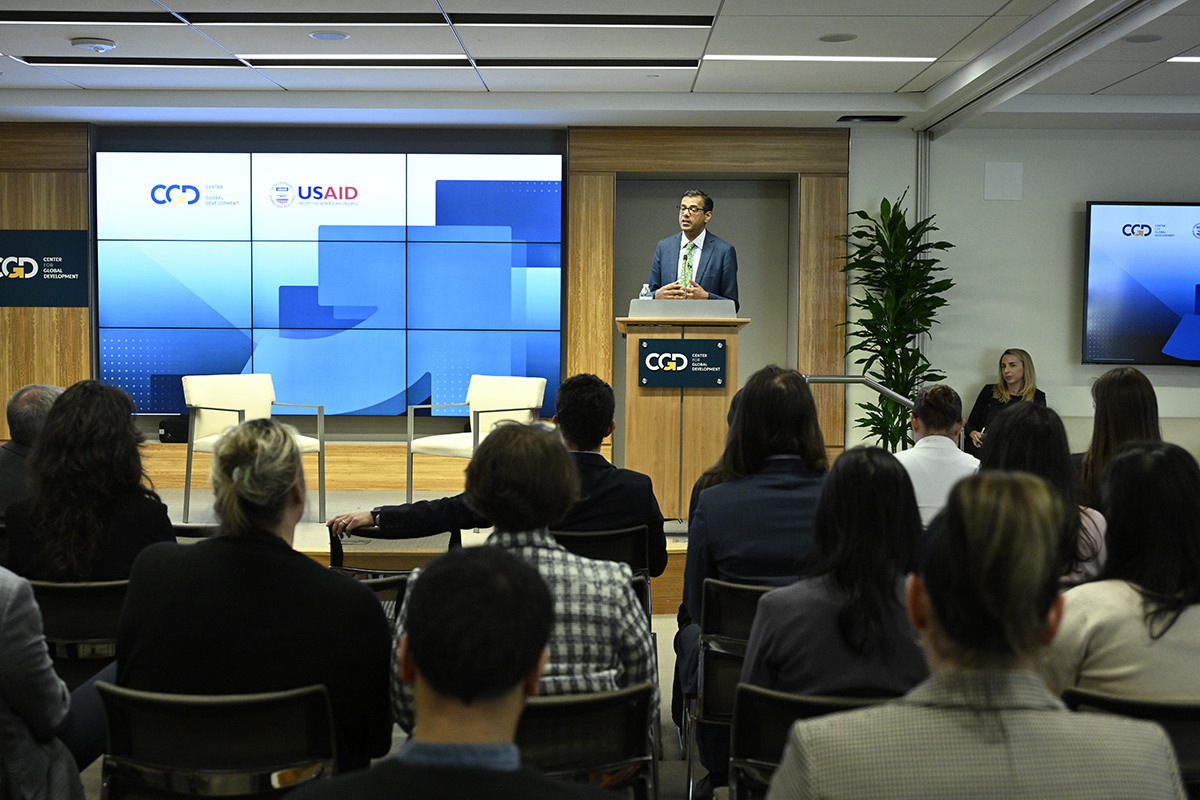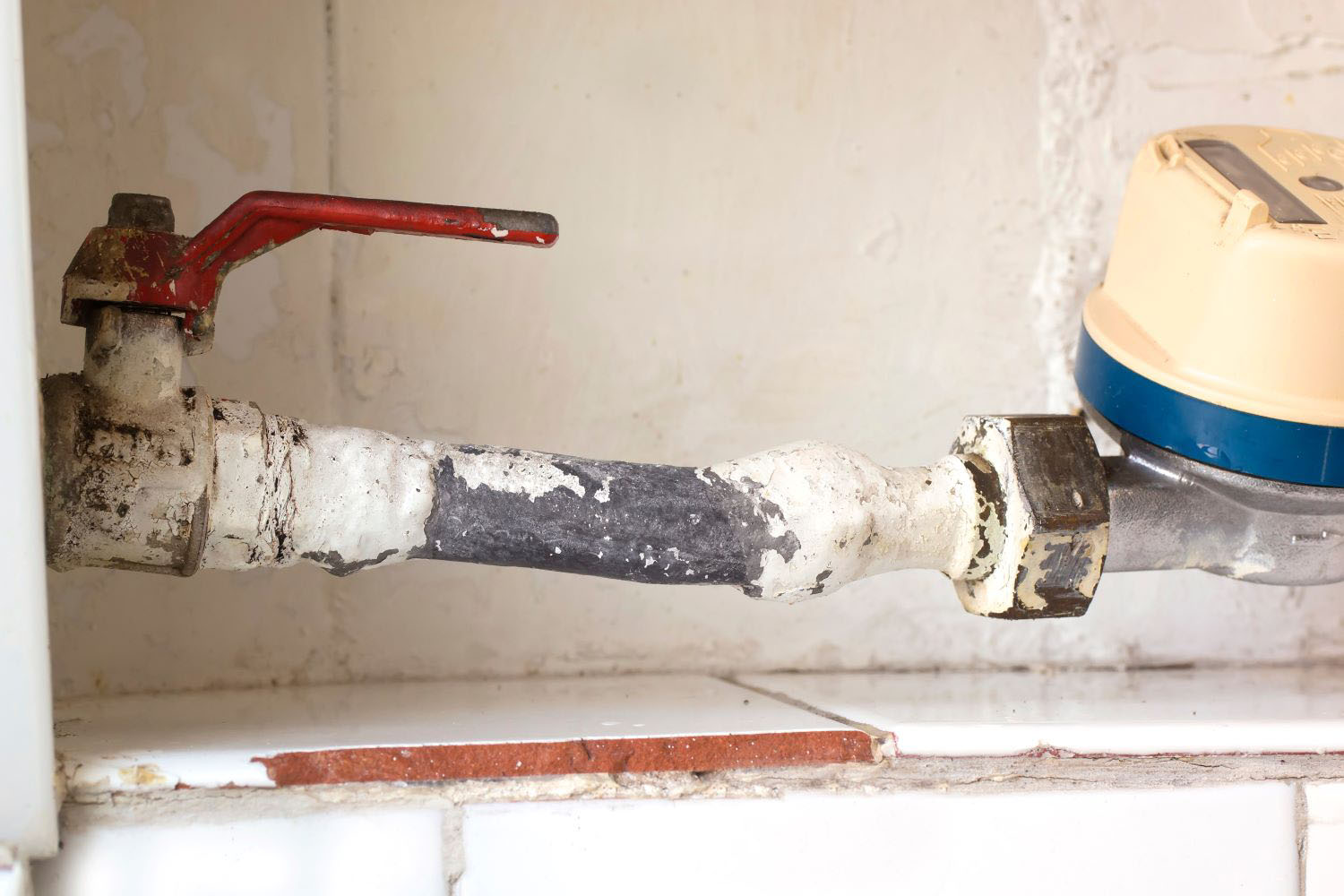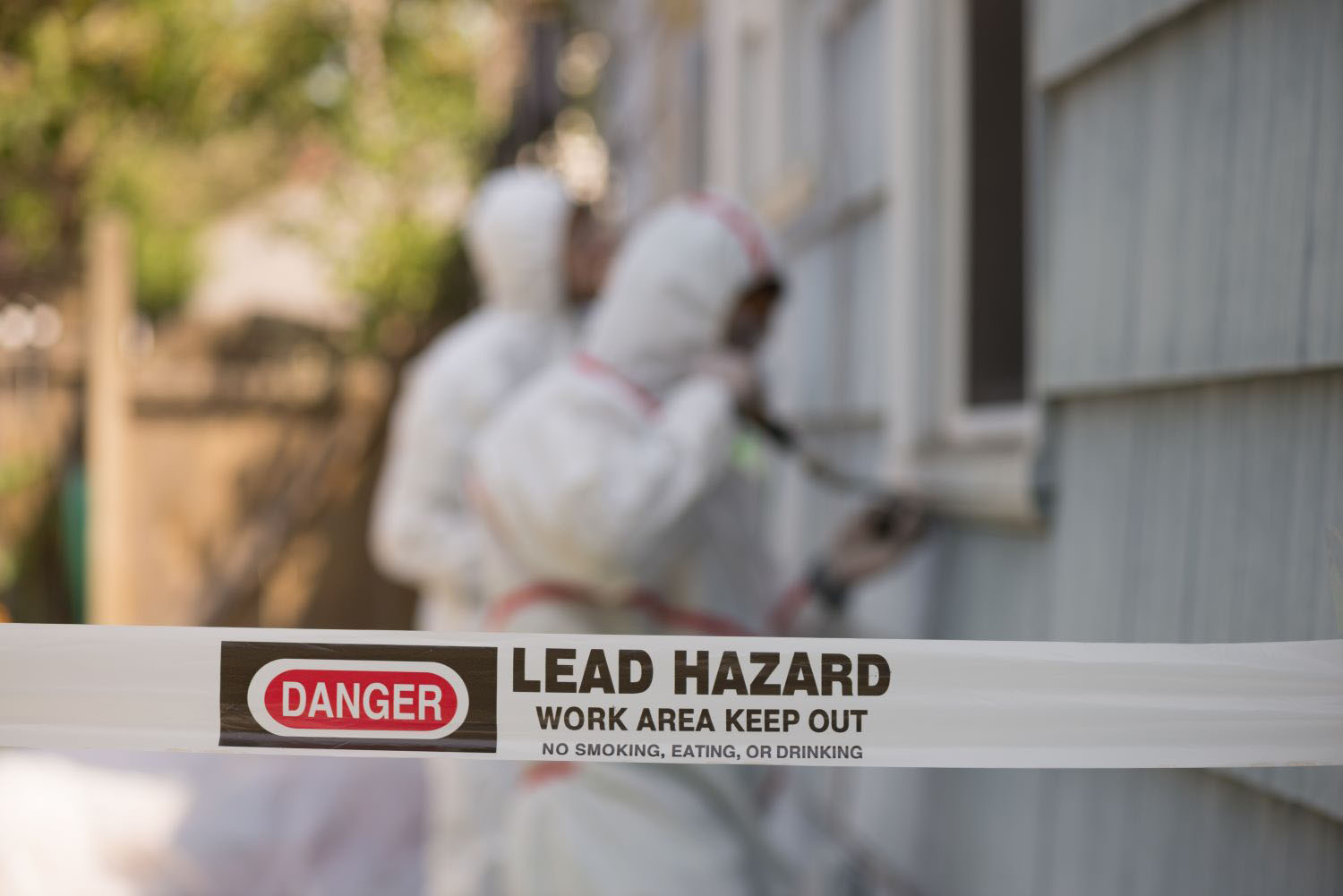Recommended

Blog Post

Event
HYBRID
April 15, 2024 9:30—10:45 AM ET / 2:30-3:45PM BSTThe headline statistic on global lead poisoning shocks the conscience: one in three children globally has elevated blood lead levels above 5 micrograms per deciliter. The health and welfare harms associated with this burden are staggering, estimated to cause upwards of 1.6 millions deaths annually and account for a fifth of the learning gap between rich and poor countries. But that ‘one in three’ statistic also prompts further questions. Chief among them: Where is exposure concentrated? And who is most affected?
The short and deeply unsatisfying answer is that we don’t really know. There is a severe scarcity of data on the prevalence and distribution of lead poisoning, an issue that we’ve highlighted before. Only three developing countries (Mexico, China, and Georgia) have collected data on lead exposure for a representative sample of the population; elsewhere we rely on imputations which frequently conflict with one another, and have in at least one instance proven to be drastically inaccurate.
To get beyond this problematic status quo and mount an effective response to the global challenge of lead poisoning, we need more real measurement of blood lead levels. Measurement is directly relevant to so many different planks in the global and national response, including clinical management, surveillance, screening, research, and liability determination. And to get the data we need for all these different purposes, we need to efficiently and appropriately deploy available options for testing in low- and middle-income countries (LMICs), while also ensuring access to a toolkit of measurement methods that can meet LMICs’ needs and constraints.
In our new paper–informed by a technical roundtable held earlier this year–we review the state of the science of the full spectrum of methods for measuring lead exposure in humans for a non-technical policy audience. We find that a surprisingly large range of measurement tools are available, many of which have attractive features for at least some data needs. But when applied to LMIC contexts, the existing suite of methods does not offer fit-for-purpose tools for many essential applications–implying a need both for further investment and innovation.
The current toolkit for lead exposure measurement is large but insufficient for LMICs
There are many reasons for the lack of data on blood lead levels, including lack of awareness and resources. But ambitions to better measure blood lead levels can also be stymied by the cost and complexity of current measurement approaches, which typically require taking venous blood samples and analysing them in a well-equipped laboratory, following stringent procedures to prevent contamination. The financial and human resources required to do so, at scale and with regularity, are often seen as challenging or even prohibitive in LMIC settings.
Specifically, we note the following challenges with existing measurement tools:
- Traditional laboratory-based methods for blood lead measurement are prohibitively expensive for most low- and middle-income countries for screening purposes.
- The sole point-of-care alternative to these methods, LeadCare II, is useful for screening purposes when backed-up by laboratory-based methods, but accuracy issues and other drawbacks preclude its use for monitoring.
- There is a need for an even lower-cost, equipment-free form factor, to allow for large-scale or even universal screening.
- Options for measuring long-term exposure, while promising and useful for some research purposes, require further validation and calibration to be used reliably and for further applications.
To be clear, it’s not all bad news: we also find that existing measurement methods can be cost-effectively deployed in LMIC contexts to support some data needs, including clinical management of severe lead poisoning, some types of research, and active surveillance through periodic representative blood lead level surveys. Nonetheless, more affordable and less technically demanding measurement options would greatly facilitate wider testing. This would empower policy makers, communities, and individuals in several ways: regular monitoring would allow policy makers to better understand the severity of the issue, pinpoint hotspots, track progress or regress over time, and identify the key sources of exposure. Large-scale screening would prevent further exposure by alerting communities and individuals to the problem at an early stage, and enable treatment for the most severe cases.
The path forward
For now, developing laboratory capacity and conducting representative surveys of blood lead levels–accompanied by testing for anaemia as well as other heavy metals and/or micronutrients–is still a highly worthwhile investment, and we’ve urged donors to support such efforts. We have a lot of tools that can be put to good use in LMICs to support immediate efforts to prevent, remediate, and treat human lead exposure.
In parallel, we suggest that funders and policy leaders support a targeted research and development agenda to expand available options. We highlight disposable, low-cost point of care tests as an important need for screening and front-line clinical management. We also see a need for further validation of some methods, including x-ray fluorescence analysis of dried blood spots and use of bone and teeth lead measurement for evaluation of long-term lead exposure.
For increased funder and policy interest in addressing global lead poisoning to drive real change, these investments–in existing measurement technologies and a new generation of adapted tools–deserve robust financial and technical support.
Disclaimer
CGD blog posts reflect the views of the authors, drawing on prior research and experience in their areas of expertise. CGD is a nonpartisan, independent organization and does not take institutional positions.
Image credit for social media/web: jarun011 / Adobe Stock




